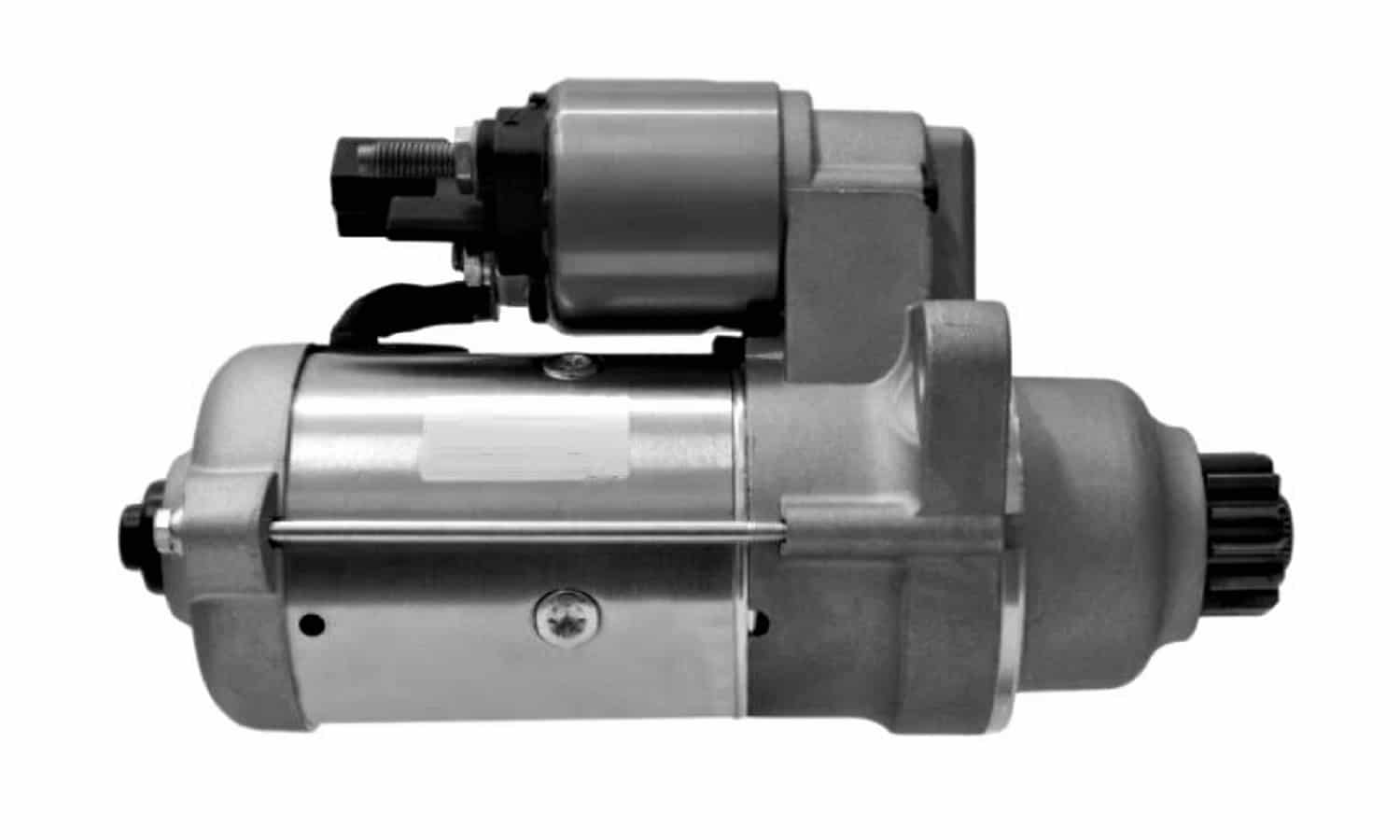
El starting motor, o Donkey starter in some Latin American countries, it is an essential element for current cars. It is in charge of starting the movement of the combustion engine of the vast majority of current cars, whether they are gasoline, diesel, gas, alcohol...
without the starter we still have to get out of the car to operate a crank inserted in the frontJust like old cars. It was not until 1911, when the first car with an electric starter appeared: the 1912 Cadillac. An equipment that received great acceptance since it does this work for us, allowing us to start the engine with a simple turn of the key or with a button.
The house that developed the starter was DELCO (Dayton Engineering Laboratories Co), which provided this device to General Motors (GM). This company had a background in electrical components, like the distributor it launched in 1909. So much so that it was more commonly known as the "delco."
Starter motor operation
Combustion engines work thanks to the fact that a cyclical movement inside that stands alone. However, something has to start that cycle, because it can't do it on its own.
the starter works thanks to electricity, so it is connected to the car battery to receive the 12 V that allow it to rotate. At the same time, it has another cable that connects a relay with the car's ignition and that we activate by turning the key.
As soon as we do the relay closes and passes current to a solenoid that pulls on a metal bar. This bar is attached to a fork that will push the pinion. At the same time, the starter motor will receive current and rotate this pinion to start the combustion engine by the steering wheel. In this way, the engine will start its cycle of intake, compression, expansion and gas exhaust powered by electricity.
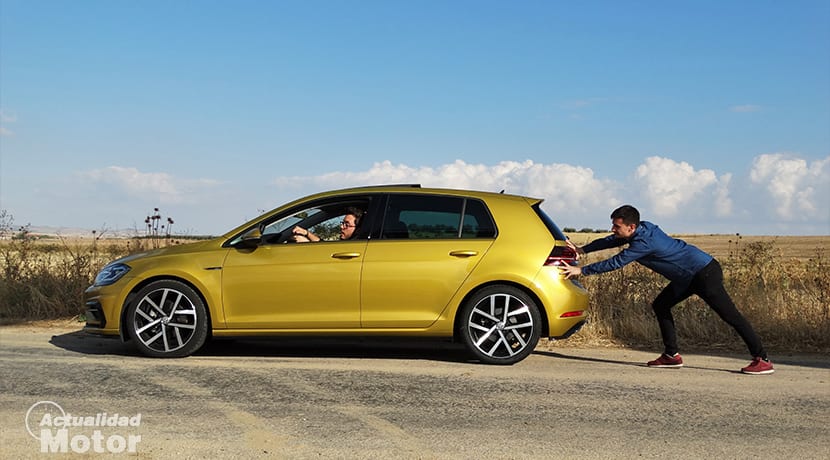
As soon as the motor can carry out this process on its own and picks up a certain speed, the starter motor pinion returns to its position original, so as not to interfere with its operation. A process that is usually done when we stop turning the car key or automatically when the engine reaches a certain speed thanks to the bendix.
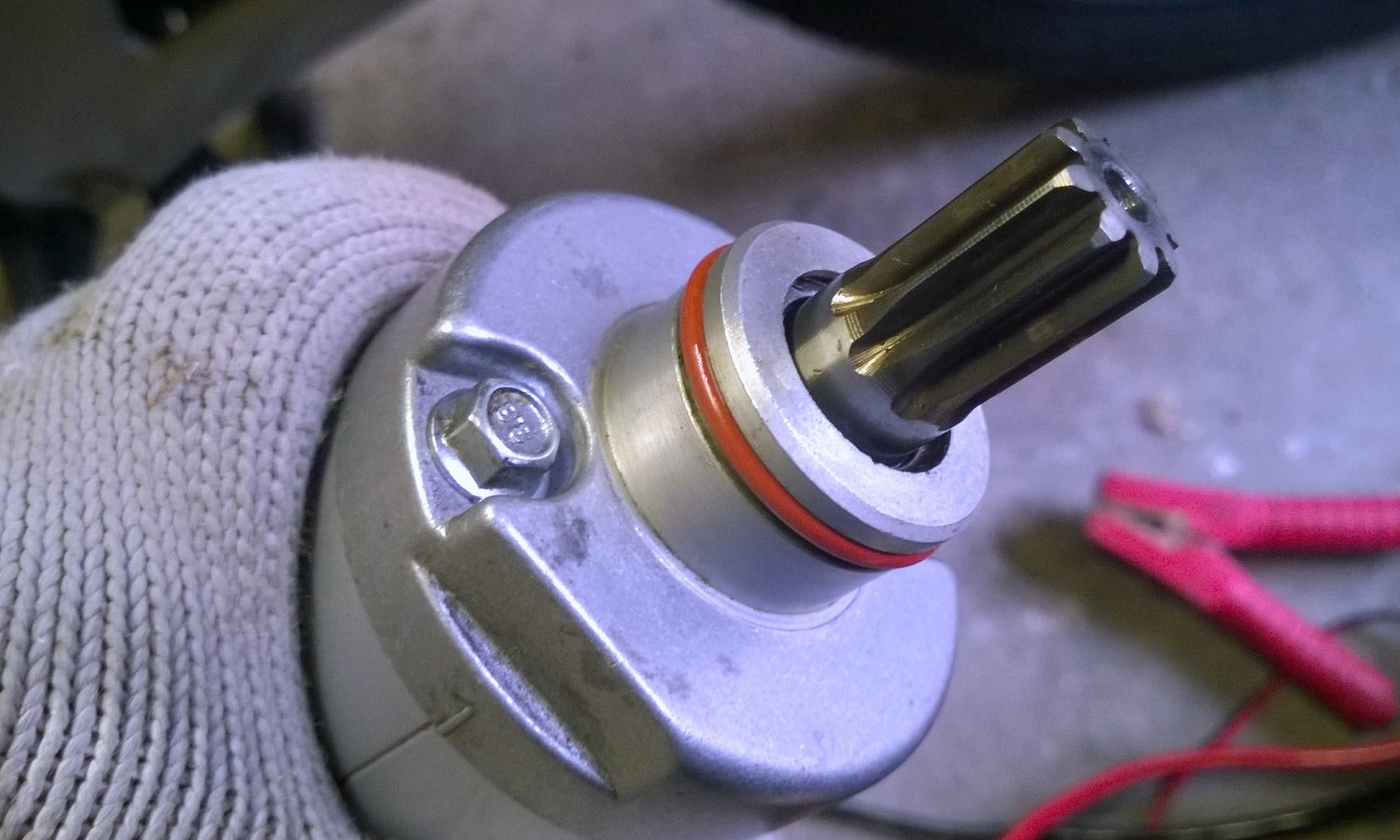
starter motor types
Depending on type of motor to be started, the starter motor it will have to have more or less power. It is not the same to start a small 1.0 gasoline, than a large 3.0 diesel engine. In any case, the types of starter motors can be divided into four types:
According to your voltage
- 6V: which can be found on some motorcycles and very light vehicles.
- 12V: are those found in the vast majority of passenger cars and vehicles of similar capacities.
- 24V: which are typical of heavy vehicles. Although they receive electricity from a 24 V battery or from two 12 V batteries placed in series.
Depending on your stator
- with electromagnets: that only work when current is passed through them.
- With permanent magnets: which can be exposed or covered with metal to intensify their magnetic field. Normally they are ceramic magnets, with which you have to be careful because they are fragile.
According to its type of force multiplier
- No force multiplier: in which the pinion rotates at the same speed as the rotor, because they do not have any gear that varies their speed.
- With force multiplier: in which the pinion rotates at a lower speed because it has gears that reduce the speed of the drive pinion. The result is less speed at the pinion, but more torque at the turn, so you can start heavier engines. In other words, it acts in the same way as a gearbox with a low gear.
According to its drive mechanism
- external solenoid: which are the most frequent and which you can see in the video above.
- internal solenoid: On these starters you won't see two housings, because the solenoid is inside the in-line starter housing. For this reason they do not have a fork that transmits the movement.
- sliding armature: the pinion forms a block with the armature and it is this entire assembly that slides to remove the pinion and start the motor. But that is more frequent in heavy vehicles
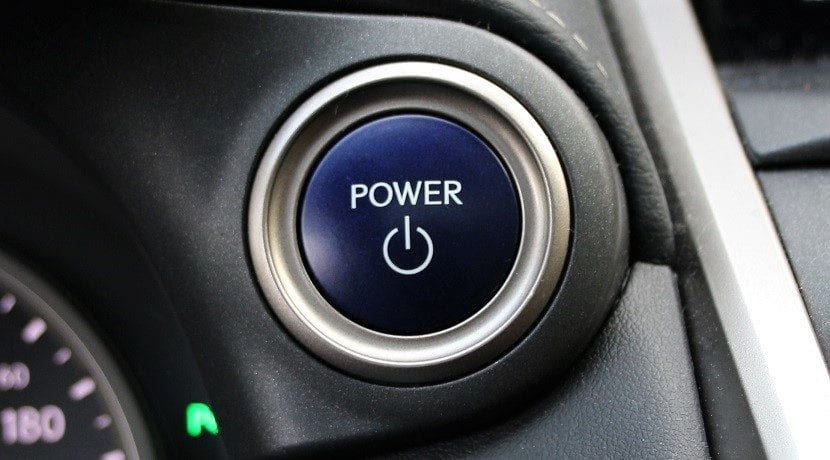
Parts of a starter motor
We have already mentioned some of them in the description of their operation, but actually a starter has some more. Mainly because it's actually a electric motor running on direct current and therefore has its own components. The parts of a starter motor are:
- drive pinion: It is the part with which the starter motor turns the flywheel, thanks to the fact that it has a toothed edge. It also receives the name of toothed crown or bendix. Although this last name is actually a metonymy that consists of calling it by the name of the Bendix brand that manufactured them.
When the starter motor is not being used, the pinion is retracted so as not to interfere with the flywheel. When we turn the key, the relay levers it out so that it can turn and start the engine. - Stator: Like any electric motor, the starter motor has a stator. That is, the fixed part that interacts electromagnetically with the rotor to make it rotate.
- solenoid or automatic: It is a magnetic circuit similar to an electromagnet that creates the magnetic field that attracts a metal bar. Solenoid: operation and uses in a car.
- Forks: is a seesaw with a shaft in the center. When the solenoid draws the metal bar inside it, this yoke swings and pulls out the pinion gear that will start the motor.
- Dock: retracts the pinion when the solenoid does not act to remove it.
- Brushes: they are the ones that maintain contact with the direct current even if the rotor turns.
- rotor or armature: it is the element that rotates driven by the electromagnetic field and that is attached to the pinion so that it rotates in solidarity with it.
- Housings: they are the ones that protect the starter motor and have the appropriate shapes to fix it where necessary by means of screws.
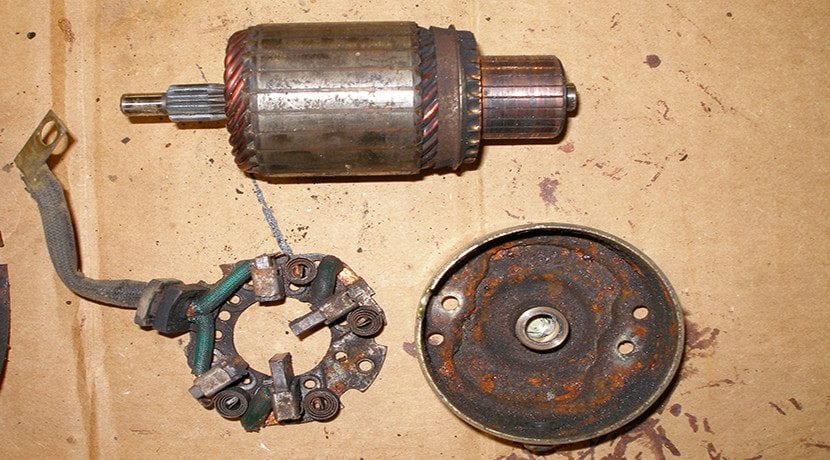
Starter motor failure and symptoms
When the car does not start, the most common problems are that does not have enough battery or the starter motor does not work. To be able to differentiate between both problems you can use tweezers to pull it out. If it starts without problems, it means that the engine is fine and your battery is not strong enough. You can too check the battery with a multimeter.
If you have already ruled out the battery, there are a number of symptoms that you can detect just by listening carefully:
I turn the key and it does nothing.
If you don't hear anything, it means there is a problem with the wiring that powers the starter or the starter itself. That is, the wire that gives it current, the wire that gives it ground, or the relay wire. You can check where the problem is without removing the starter with a multimeter:
- Set it to V to Direct Current (DC or DC) to 20V (30V, 40V… depending on multimeter)
- Check the cable that supplies power to the starter motor.: put the negative tip (black) on the negative terminal of the battery and the positive tip (red) on the thick cable that reaches the starter motor.
- They should arrive approximately the same as the battery (more than 12V). If nothing arrives, the connection is broken. That is, this cable is broken or unhooked at some point.
- Check starter motor ground: it is the same operation but with the red tip on the positive terminal of the battery and the black tip on the metal casing of the starter motor. If there is no current, it means that the negative cable that goes to the motor is broken or unpinned.
- Finally check the current relay: put the black lead on terminal 50 of the starter motor and the red lead on the positive terminal of the battery. If when starting the engine it measures 12 V, it is good. If not, the starter motor internal circuit is bad.
- If all is well, the problem is elsewhere in the car ignition systemnot on the starter motor.
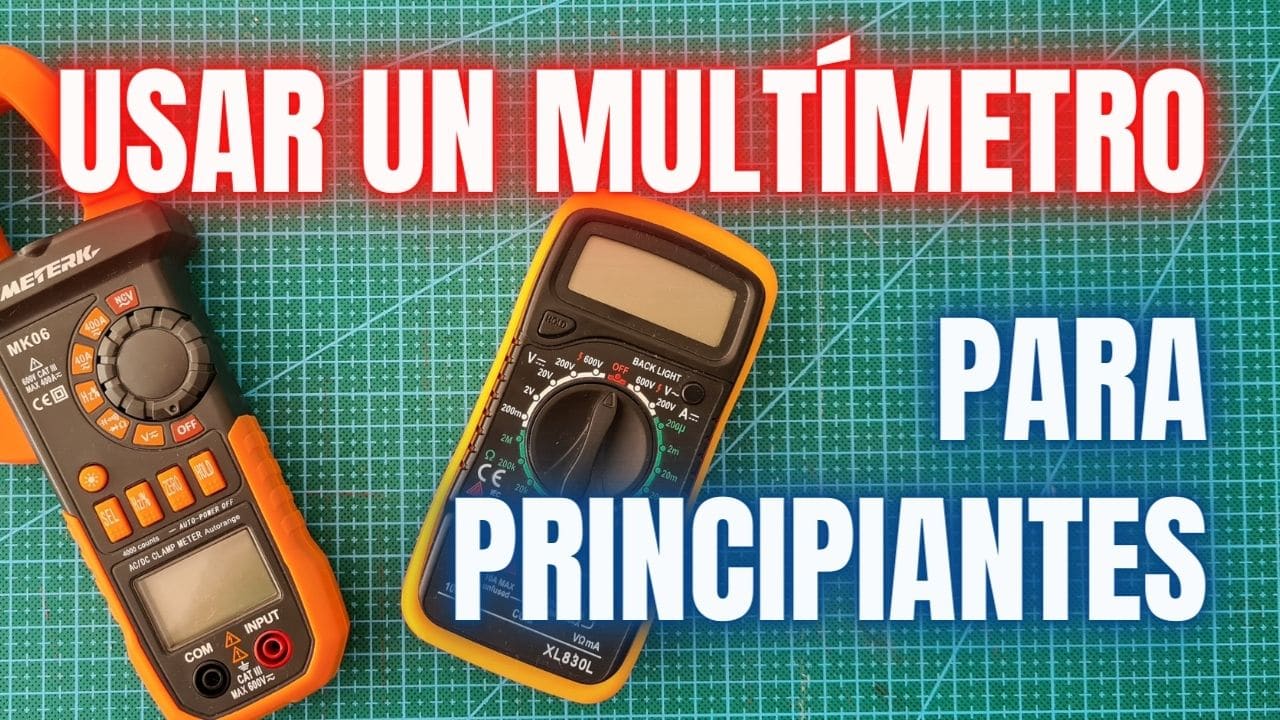
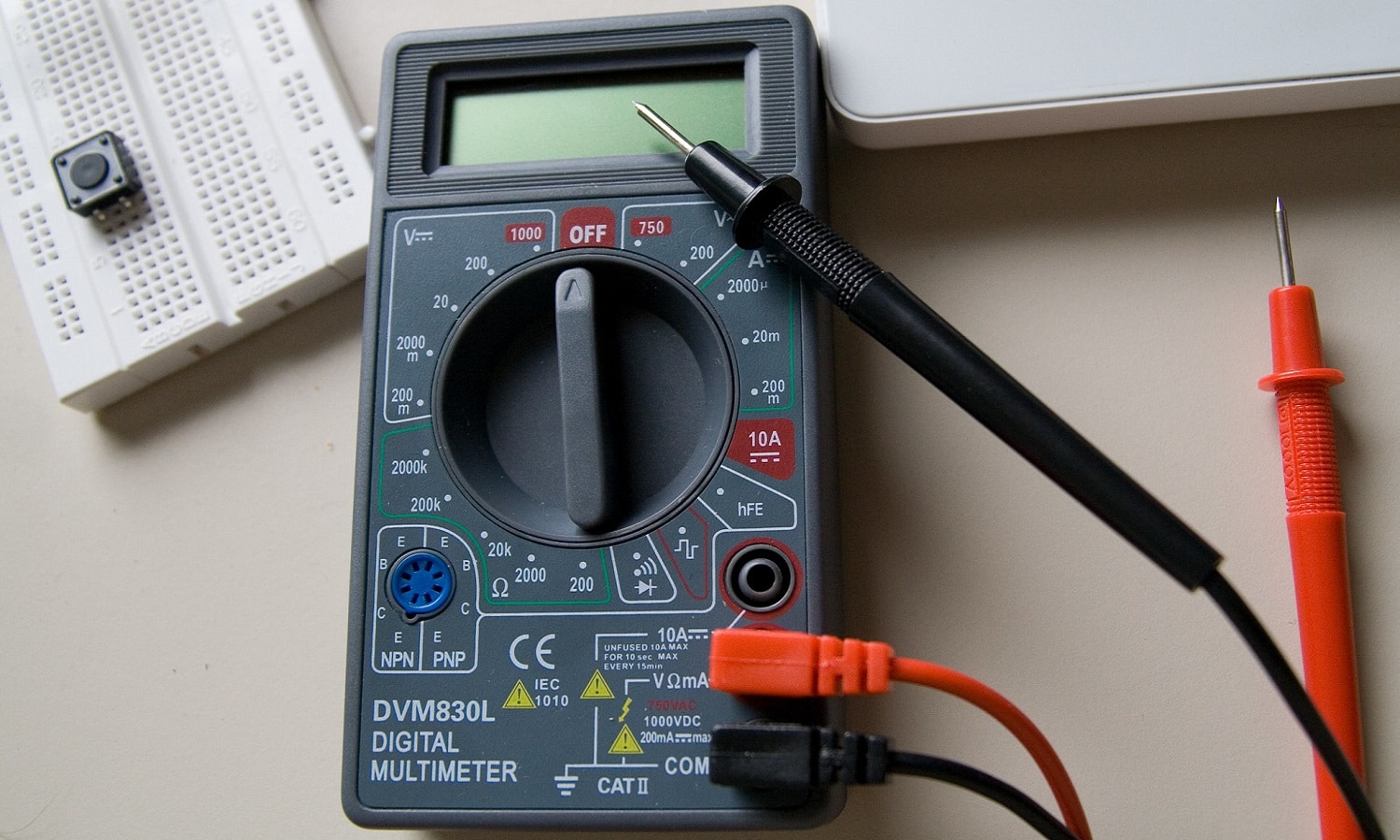
Engine cranks too slowly to start
If the battery is fine, but not enough voltage is getting to the starter motor, the problem is in the wiring. With the multimeter it is noticeable, because current does arrive, but less than that supplied by the battery.
- It is best check the battery first putting the test leads on the battery terminals (black on negative terminal and red on positive). This way you will know the voltage that the battery gives exactly because it is a data that you are going to need. For example: 12,7V.
- Then, check the cable going to the starter motor like before. If it gives 0,5 V less than what the battery gives, it means that the cable has too much resistance to electricity. Possibly due to a lot of corrosion in the cable contacts or some other deterioration.
- the same if check the ground to the starter motor as before, it should give at most 0,5 V less. If not, the motor ground wire or its connections are bad.
Starter motor turns on its own (idle)
The problem will be in the engine flywheel coupling system. The starter motor must be disassembled and repaired or replaced with another. If that is your case, do not let it idle too much because it can deteriorate more than it is. It may be because:
- la fork It has broken,
- that pinion teeth have parted,
- el free shaft is in poor condition or
- that flywheel teeth they have been broken or excessively worn.

Car won't start and goes clack clack
If, on the other hand, you hear a rattling or “clack clack clack” sound when turning the ignition key. This would mean that the starter motor's automatic (solenoid) is receiving current, but the starter motor itself is not. The starter motor must be disassembled and repaired or replaced with a new one.
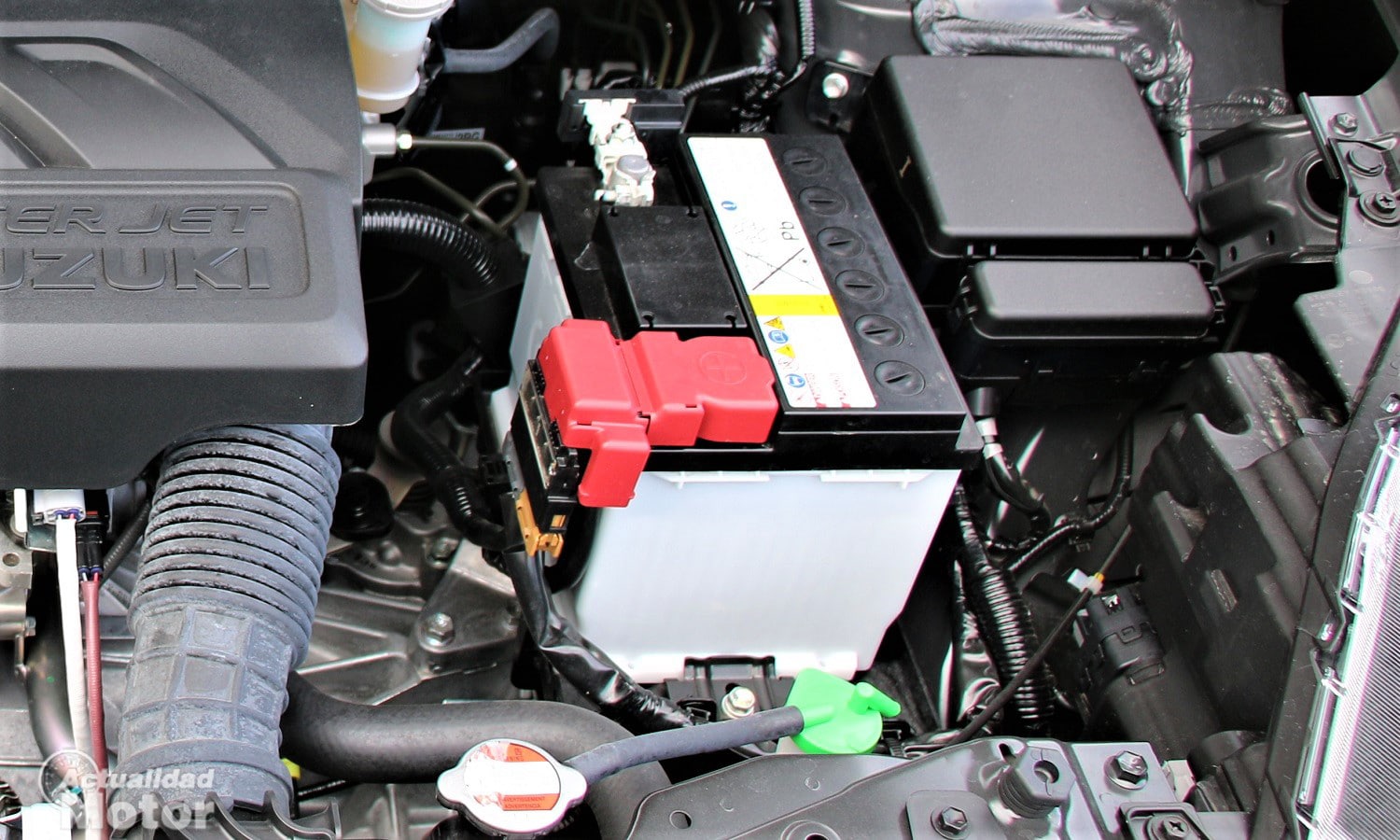
Price of a starter
Its price first-hand is usually among the 120 and 300 euros. Although these prices can easily get out of that range. Remember that it is not the same to have to start the engine of a utility vehicle than that of a high-performance sports car. The first might be a tiny 0.9-liter three-cylinder, while the other might be a massive 8-liter V5.0.
The price can be much higher if we look at the new starter motors that act as electricity generators and support motors in some circumstances. In these cases the price can easily exceed the $800.

where is the starter motor
It is usually found in the lower part of the engine, near the flywheel, which is what you have to turn to get the start. For this reason, in many models it is difficult to remove. There are many elements that possibly have to be disassembled to get to it, if it cannot be reached from below.
To locate it, the best thing you can do is consult a specific video of your car or the workshop manual. The most common is to have remove the battery, some sleeves or other parts.
Images – Pete, Phil Benchoff, Michael Sheehan, Alper Çuğun, nzhamstar